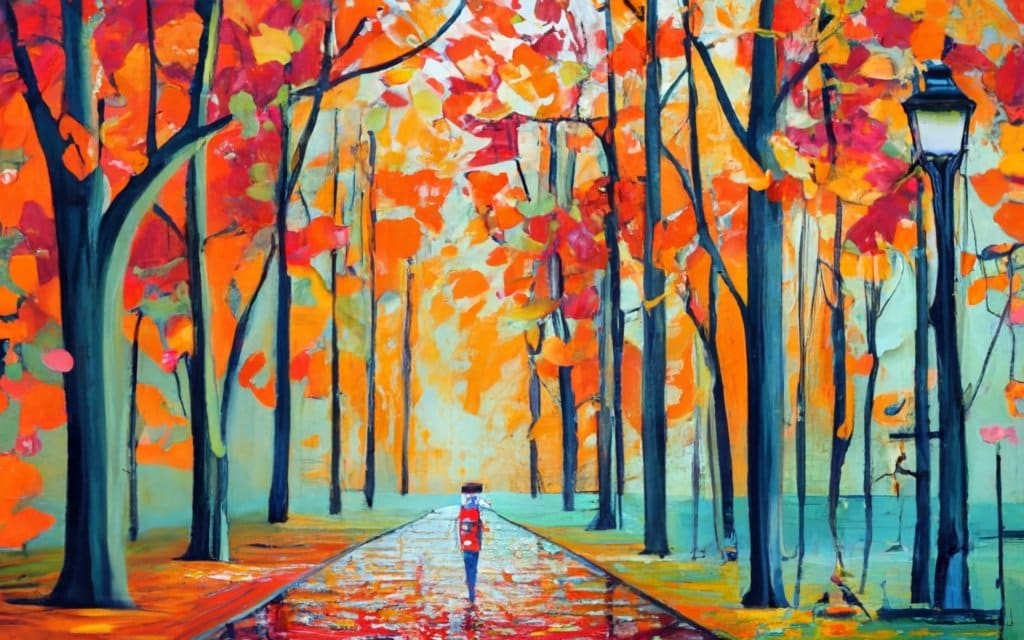
Colors have a profound impact on our daily lives, influencing our mood, behavior, and perception in ways we may not always be consciously aware of. The study of color psychology seeks to understand how different colors can elicit specific emotional responses, shape our behavior, and even alter our perception of the world around us. By exploring the fascinating realm of color psychology, we can gain valuable insights into how to strategically use color to enhance our environments, create positive atmospheres, and improve our overall well-being. In this article, we will delve into the psychology of color, examining its effects on mood, behavior, and perception. We will also explore how we can effectively apply color theory in interior design and other environments to create spaces that evoke desired emotions and foster a sense of harmony and balance.
The Importance of Color in our Daily Lives
Color is all around us. From the clothes we wear to the walls that surround us, color plays a significant role in our daily lives. It has the power to catch our attention, evoke emotions, and even influence our behavior. Understanding the psychology of color can help us make better choices when it comes to designing our surroundings and communicating our intentions.
Color psychology is the study of how colors affect human mood, behavior, and perception. While there is no universal consensus on the exact impact of colors, certain colors have been found to have consistent associations and effects across different cultures and contexts.
The Impact of Color on Mood and Emotions
How Different Colors Evoke Specific Emotional Responses
Colors have the ability to evoke specific emotional responses in individuals. For example, warm colors like red and orange tend to be associated with energy, passion, and excitement, while cool colors like blue and green are often linked to calmness, tranquility, and relaxation. However, it is important to note that personal experiences and cultural backgrounds can also influence emotional responses to color.
The Role of Color in Influencing Mood and Well-being
Color can have a direct impact on our mood and well-being. Surrounding ourselves with colors that evoke positive emotions can help uplift our spirits and improve our overall sense of happiness. For instance, incorporating shades of yellow, known for its association with joy and optimism, in our living spaces can create a more cheerful and inspiring environment.






Color and Behavior: Exploring the Relationship
Colors can trigger specific associations and behaviors. For example, the color red, often associated with danger and urgency, can increase heart rate and stimulate appetite. This is why it is commonly used in restaurant logos and advertisements. Understanding these color associations can help businesses and individuals strategically use colors to influence behavior and create desired outcomes.
Color also plays a role in our decision-making process, particularly when it comes to purchasing behavior. Studies have shown that different colors can influence our perception of products or brands, affecting our willingness to buy. For instance, blue is often associated with trust and reliability, making it an effective choice for financial institutions.
Perception and Color: How Colors Influence our Perception
Color and Spatial Perception
Color can also influence our perception of space. For example, using warm colors like red or orange in a room can make it feel smaller and more intimate, while cooler tones like blue or green can create a sense of openness and spaciousness. This knowledge can be applied to interior design to enhance the desired atmosphere and functionality of a space.
Applying Color Psychology in Interior Design and Environments
Using Colors to Create Different Ambiances
When it comes to designing our living spaces, color plays a crucial role in setting the mood and ambiance. Whether we want to create a cozy and inviting atmosphere or a vibrant and energetic space, understanding the psychology of color can help us achieve our desired effect. For example, warm colors like red and orange can create a sense of warmth and intimacy, while cool colors like blue and green can promote calmness and relaxation. By carefully selecting the colors we use in our interior design, we can create the perfect ambiance to suit our preferences and needs.
Color is a powerful tool that can shape our mood, behavior, and perception. By understanding the psychology of color and its impact on our environment, we can harness its power to create spaces that evoke specific emotions, enhance productivity, and promote overall well-being. Whether we’re designing our homes, workplaces, or public spaces, let’s embrace the colorful world around us and use it to our advantage. After all, life is too short to live in a beige world!
